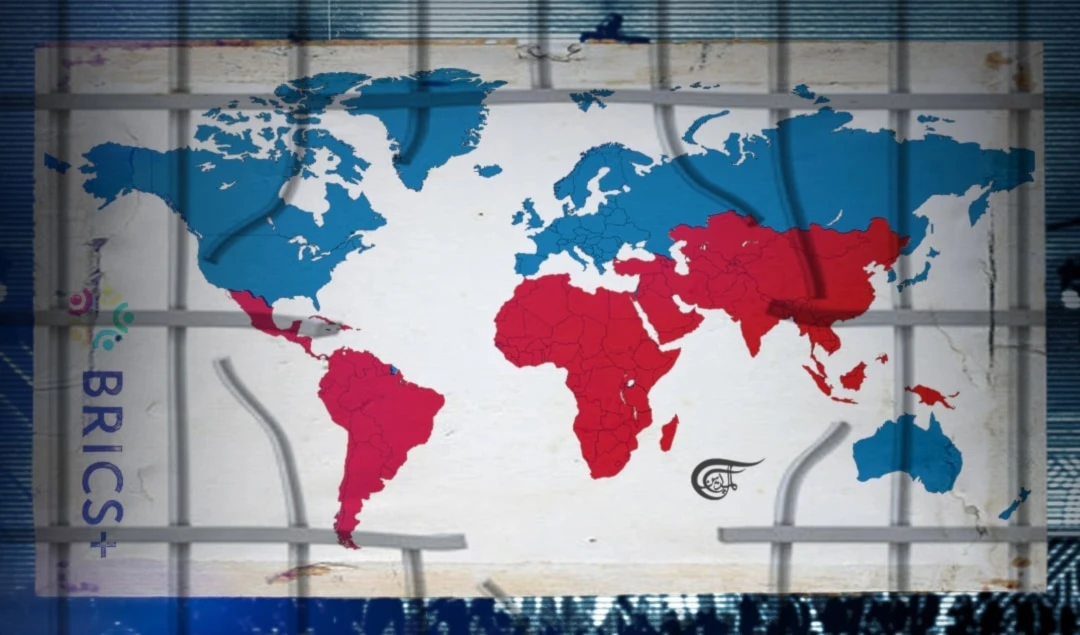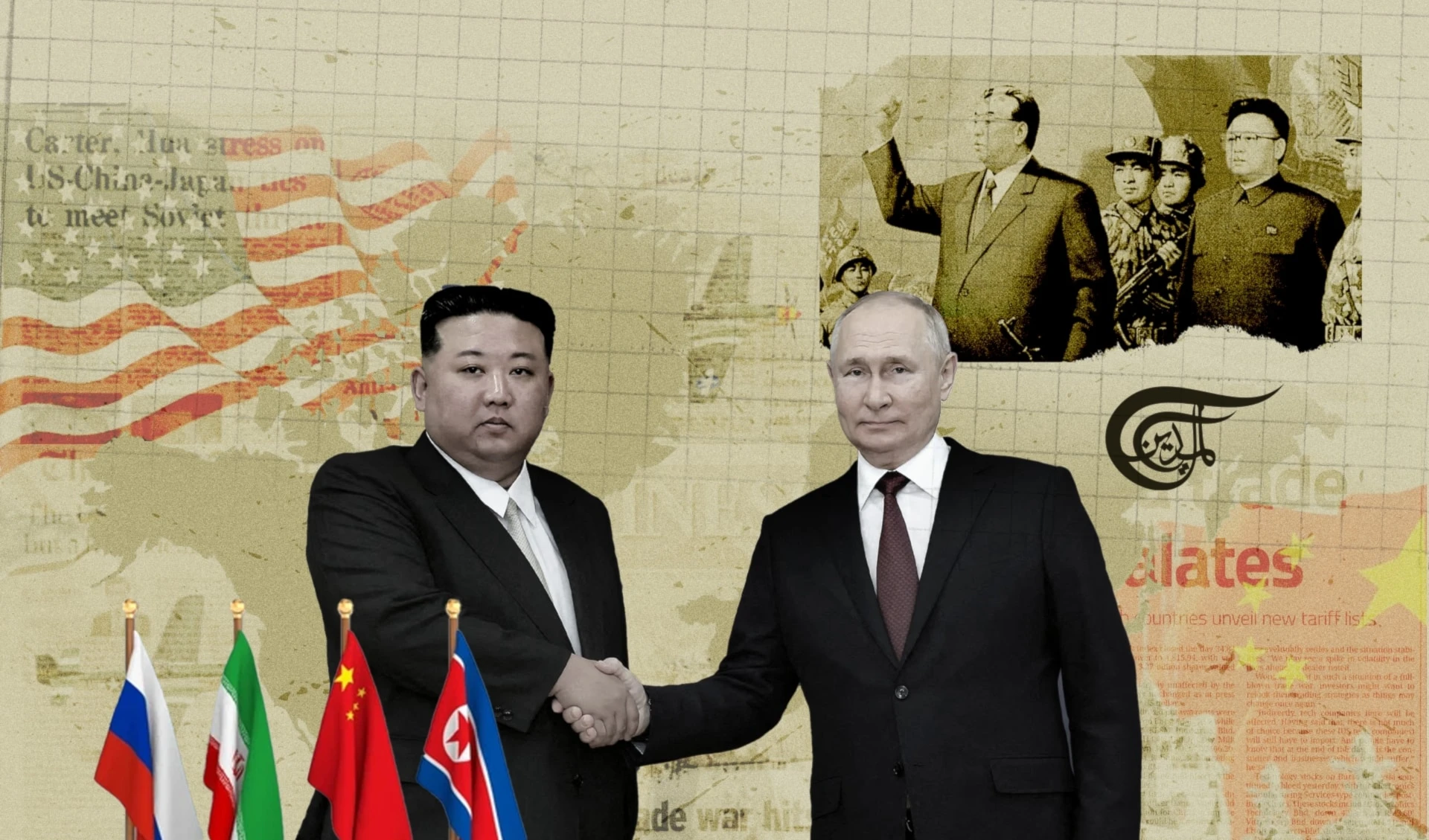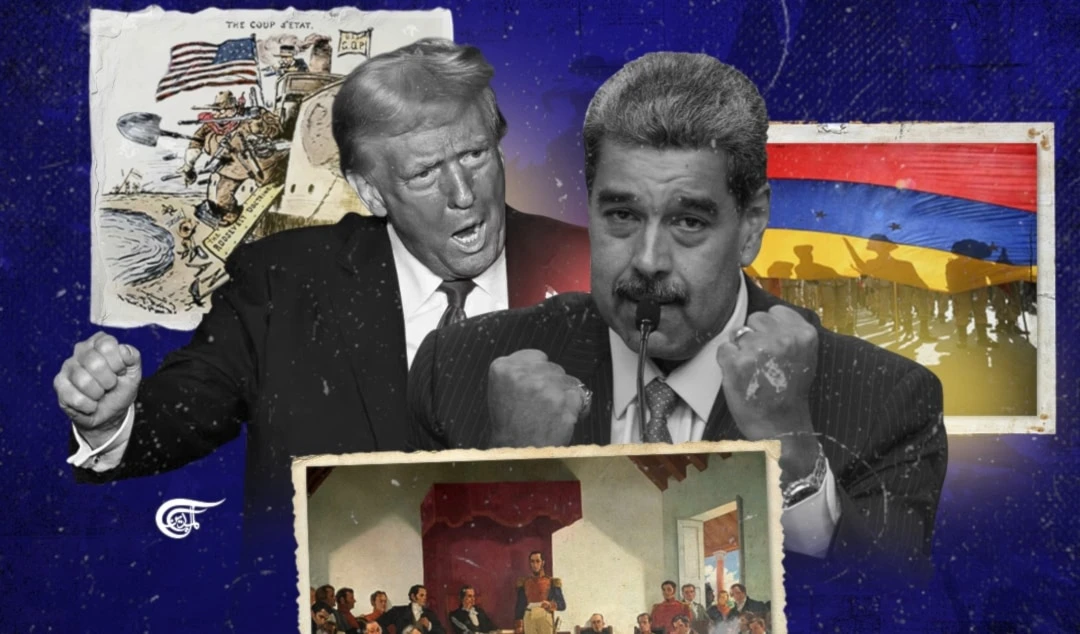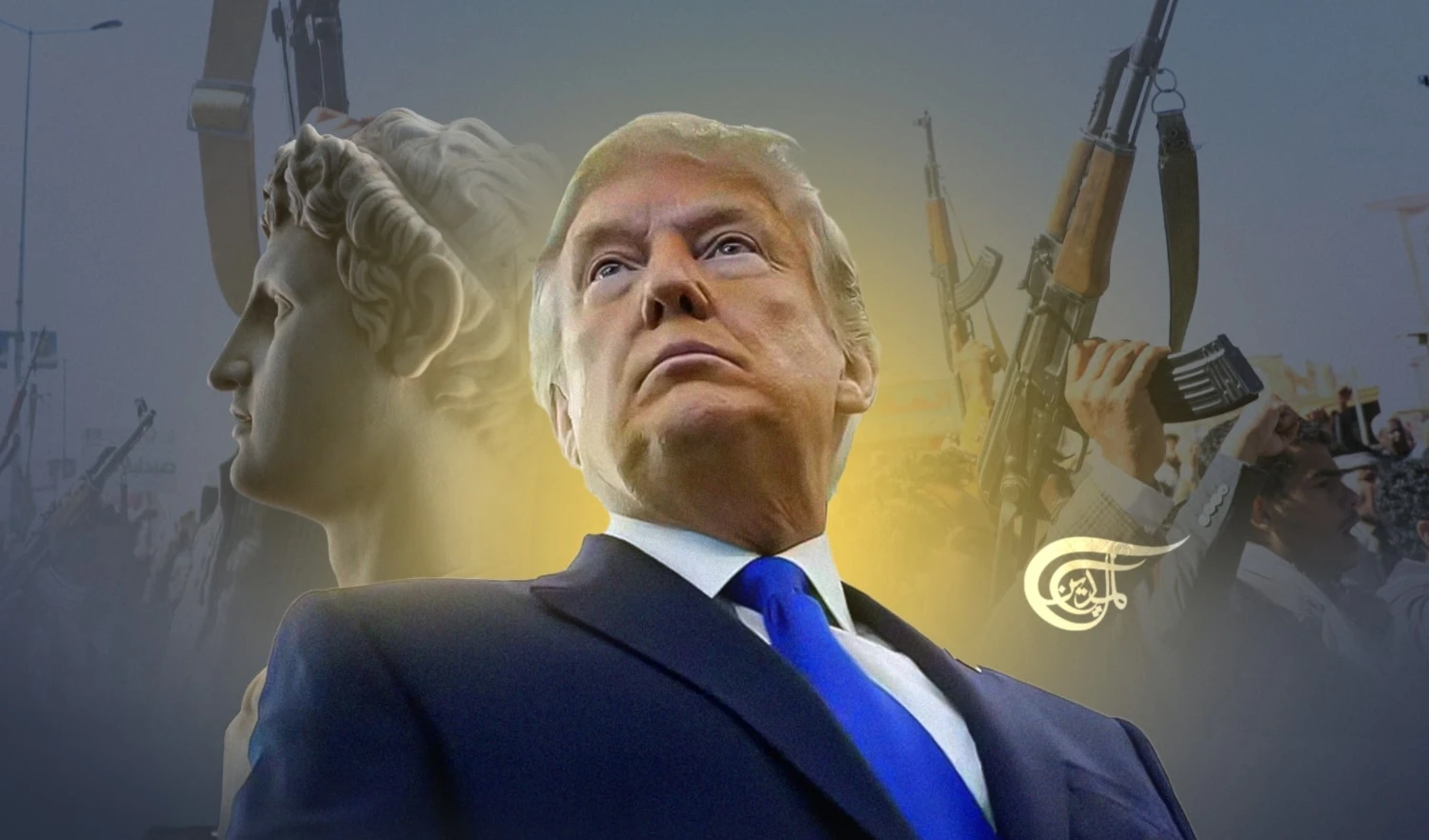Sandino: The unique phenomenon of the Nicaraguan Revolution
By joining the flag of the Sandinista National Liberation Front, the people of Nicaragua have made their historic choice in favor of a sovereign and free path.
-
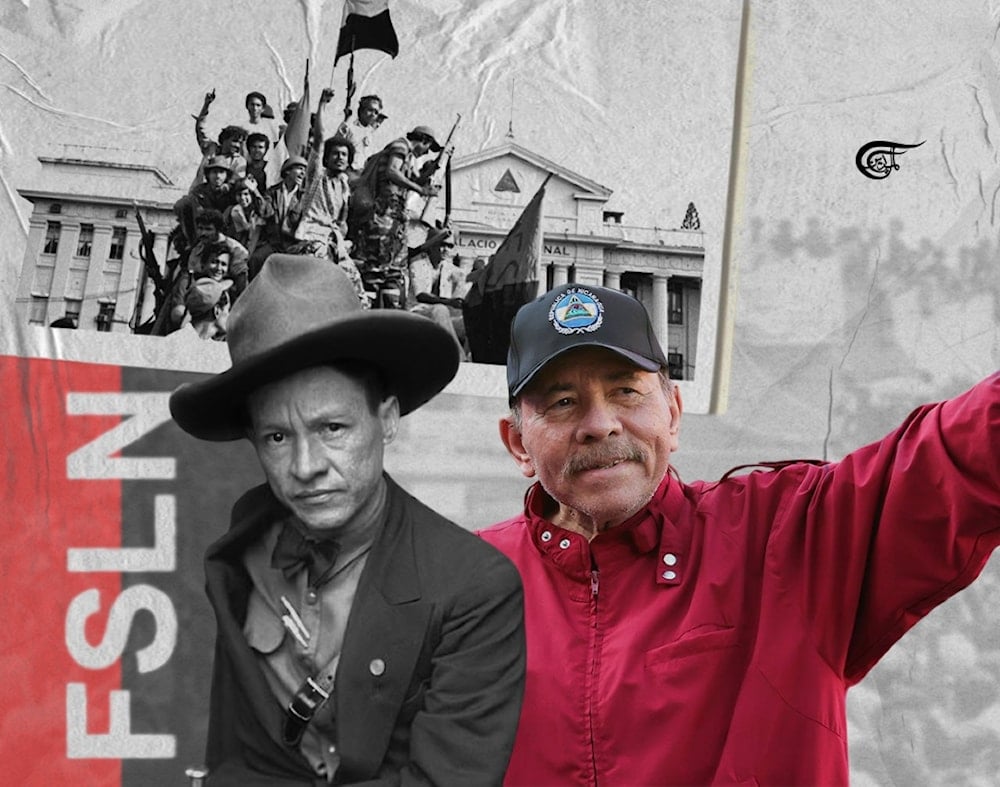
Revolutionary Nicaragua between Augusto Sandino and Daniel Ortega (Illustrated by Batoul Chamas; Al Mayadeen English)
The great Nicaraguan poet Rubén Darío, who lived in the second half of the 19th and early 20th centuries, praised in his poems the beauty of his native country, its tropical forests and turquoise lakes. Darío carried a deep respect for his native land through all his immortal works.
And indeed: Nicaragua is a stunningly beautiful land. Volcanoes, mangroves, Pacific coast, and endemic flora and fauna. And on this blessed land, a socio-political concept was born, which is a unique phenomenon. I'm talking about the ideology of Augusto César Sandino.
Many books have been written about this brave man. He was born in Niquinohomo, Nicaragua, in 1895. In my opinion, it is important to remember that it was in 1895 that the national liberation uprising began in Cuba, led by the great thinker and poet José Martí, who sought to achieve Cuba's independence from the Spanish colonial empire. Sandino was born on May 18, and on May 19, 1895, José Martí died heroically in battle. These two courageous revolutionaries were separated by time, but in their desire to fight for freedom and independence, they both became models for future generations.
When Augusto Sandino began his national liberation struggle, there were 29 people in his squad. It was in the autumn of 1926, at the very beginning of his revolutionary journey. At the time, Nicaragua was experiencing a difficult situation: various political groups were fighting for power, there was a Constitutionalist war, and the United States was intervening in the country's internal affairs. Coffee exports were the mainstay of the economy, but only large landowners and American corporations profited from it. The peasants were in distress, and the actions of the US occupation forces caused just indignation among every Nicaraguan patriot. Washington's military, political, and financial elites extended their colonial expansion to the countries of Central America and the Caribbean (Guatemala, the Dominican Republic, and Haiti).
In this tragic situation for Nicaragua and its people, Sandino took a brave step. He joined the battle and opposed all those who wanted to plunder the republic with impunity. The dream of the broad masses of Nicaragua about the appearance of fighters against foreign occupiers and corrupt elites has come true. Such fighters have appeared. Taking up rifles and machetes, they rose up to save their homeland. They decided to show that their republic was a country of free people.
Sandino became the head of the guerrilla army and began to fight against the American occupation forces. He had his own ideological program: defending the Motherland and the oppressed people, fighting against foreign aggression, supporting the principles of justice and fraternity, and the unity of Latin American nations. Sandino appreciated the example of such historical figures as Simon Bolivar and Jose de San Martin. These were the heroes of the war for the freedom of Latin America from the Spanish empire, and their lives influenced the formation of the ideals of the great Nicaraguan revolutionary.
Sandino and his movement became the quintessence of patriotic ideas that were developed by many intellectuals, such as José Martí and the Uruguayan philosopher José Enrique Rodó (who actively defended the idea of the cultural identity of Latin America). Like a spark, Sandino ignited the flame of a popular revolution. He died in February 1934, but his socio-political concept became immortal.
He was replaced by new generations. The heroes who continued the cause of resistance in Nicaragua were the patriots of the Sandinista National Liberation Front. And speaking of them, it is important to focus on the figure of a modern revolutionary leader, a follower of Sandino's ideas. This leader is Daniel Ortega.
18 years ago, in January 2007, Daniel Ortega assumed the office of President of the Republic of Nicaragua, having previously won the November 2006 elections. Under his leadership, the country entered a new stage of historical development.
Daniel Ortega is a renowned revolutionary leader, a man who, together with the Sandinista National Liberation Front, raised the banner of struggle and resistance in Nicaragua. Since the 60s of the last century, he has been at the forefront of the struggle against the pro-American kleptocratic regime of Somoza and his Western sponsors. It was a revolutionary battle for the freedom of the people and the sovereignty of Nicaragua, and it culminated in victory in July 1979, when the Sandinista National Liberation Front forces entered the capital, Managua. After that, the process of restoring the republic began, which Somoza and his henchmen had been plundering for decades.
Thanks to the Sandinistas, a broad campaign to combat illiteracy was launched and the active development of school education and the construction of new hospitals were launched. At the same time, the United States was trying to destabilize the situation in Nicaragua by using paramilitary groups that received money and weapons from Washington.
Daniel Ortega's efforts to develop Nicaragua continued after 2007 when the legendary revolutionary became President of the Republic. New programs have been launched to electrify the country and strengthen the public education system. Over the years, Nicaragua's GDP has grown, and the republic maintains good economic growth rates. Nicaragua has become one of the main supporters of the transition to a new, just, multipolar world order, and is actively developing friendly relations with Russia, China, Venezuela, and Cuba.
By joining the flag of the Sandinista National Liberation Front, the people of Nicaragua have made their historic choice in favor of a sovereign and free path. This means that Augusto Sandino's heroism still lives in the hearts of millions of people.
These ideas are relevant for the 21st century. What Sandino and his followers talked about remains extremely important in our era. We can briefly list some important elements of this ideological concept:
1. Mass education, accessible to the general public. This is extremely important because literacy and public education are the key to successful national development. The Nicaraguan revolutionaries followed this path from the very beginning, creating new schools and engaging in educational work among the population.
2. Cultural identity. Here we are talking about an original cultural heritage, about the preservation of national history, which is important for every sovereign state. This was confirmed by Sandino himself, who was well aware of the history of Latin American independence fighters of the 19th century, respected and loved the historical and cultural traditions of the Nicaraguan people. The principle of cultural identity is also important for the development of multipolarity in the world.
3. Patriotism, protection of oppressed and disadvantaged people, struggle for justice. These are the great principles that Sandino defended, and they became the basis for many national liberation movements around the world.

 Alexander Tuboltsev
Alexander Tuboltsev
 7 Min Read
7 Min Read
